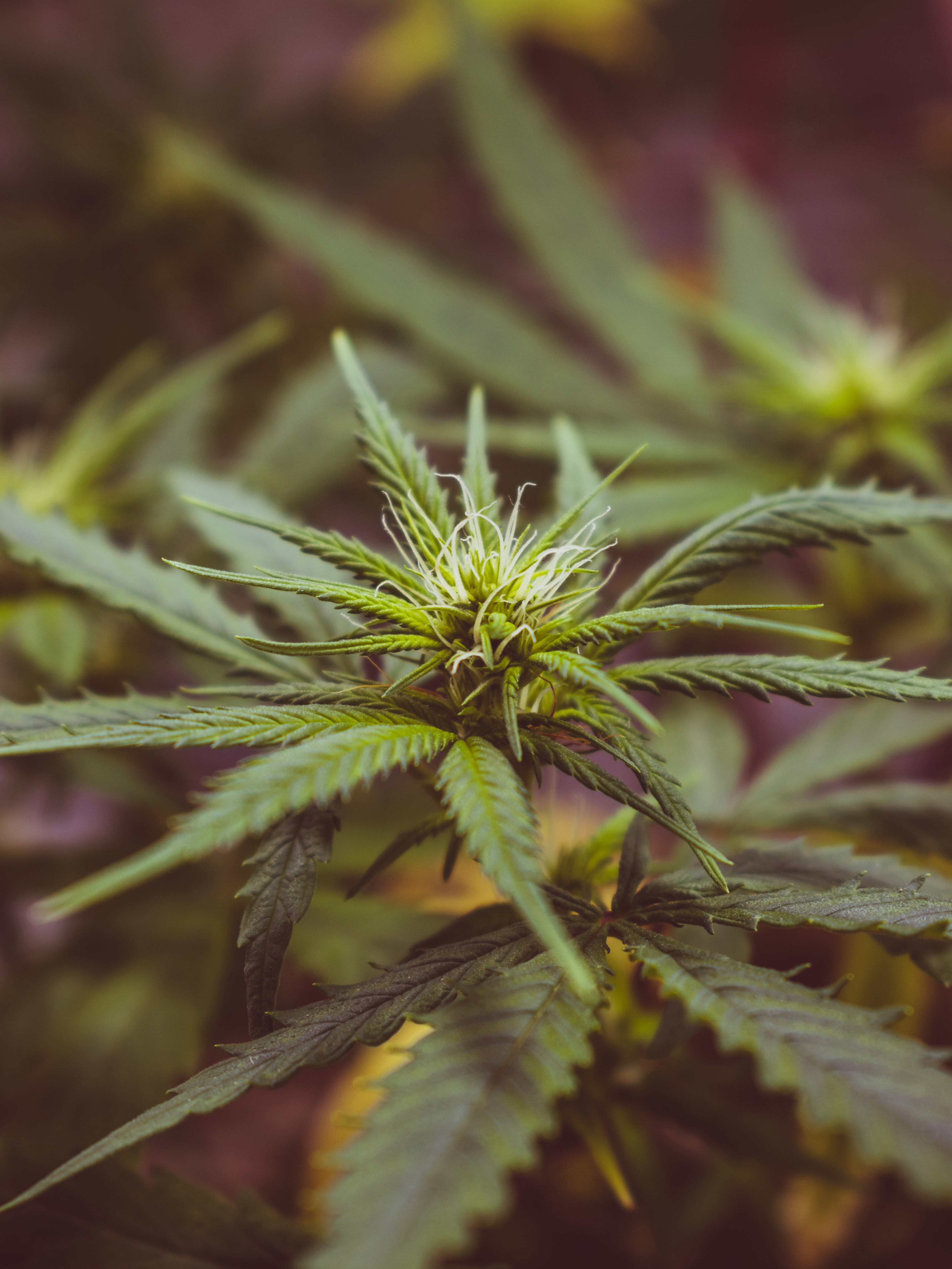Cannabis Testing and Analysis: A Growing Industry

The recent decriminalization of cannabis in many states and countries has left scientists and government agencies scrambling to set up testing processes and regulations. One of the biggest concerns of a cannabis testing lab is safety. Cannabis has several known contaminants, including pesticides, heavy metals, residual solvents, and mycotoxins. In addition, it is often necessary to confirm strain and test for the presence of cannabinoids and terpenes to determine potency and effect.
Common Test Procedures:
- Cannabinoid analysis: Cannabinoids include common methods of analysis for these compounds include HPLC and GC.
- Terpene analysis: Terpenes, known for their fragrance-conferring properties, also provide some of cannabis’s medicinal properties. Common methods of analysis include GC/MS, gas chromatography/flame ionization detection (GC/FID), and HPLC.
- Pesticide testing: Pesticides used by growers can cause toxic effects if consumed. Techniques such as HPLC, GC/MS, and LC/MS are commonly used for pesticide analysis.
- Heavy metal detection: Heavy metals, including cadmium, mercury, lead, copper, tungsten, and arsenic, can be present in cannabis products. Mass spectrometry is an important tool for testing heavy metals in cannabis, as are techniques such as ICP/MS, ICP/OES, and AAS. Liquid chromatography is less commonly used, but is an effective method for arsenic testing.
17 January 2023, Tuesday |  323
323
 358
358

 323
323